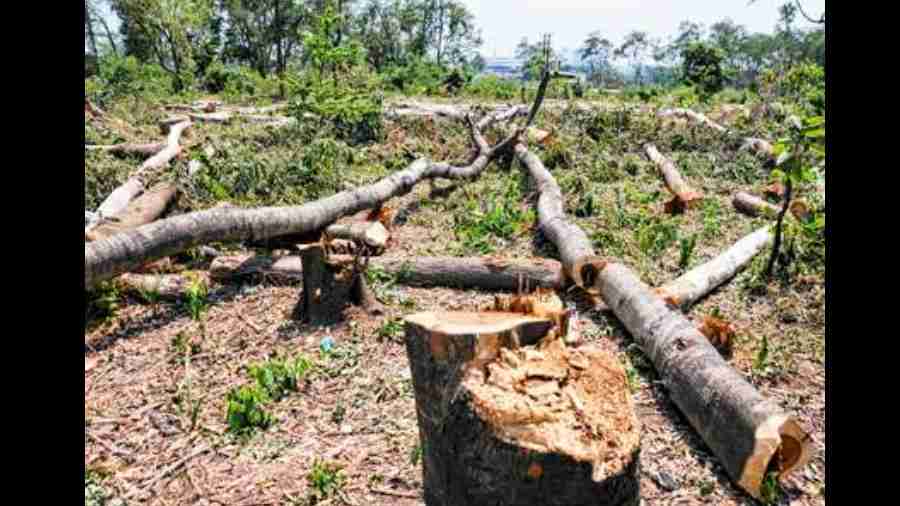Rahul Gandhi has accused the National Democratic Alliance government of disempowering adivasis and forested communities by bringing in the new forest conservation rules. The Congress leader, Jairam Ramesh, has also vehemently opposed the new Forest Conservation Rules, 2022, alleging that its guidelines stifle the ease of living of the many in the name of ushering ease of doing business for a chosen few. The Union environment minister, Bhupender Yadav, has said that the new rules do not dilute or infringe upon the provisions of the Forest Rights Act, 2006. Would the new regulations endanger the rights of forest dwellers and tribals?
Worryingly, the ministry of environment, forest and climate change has delinked the processing of forest diversion applications from the requirement of the nod of the gram sabha. Moreover, the state government will not be able to tell its citizens that land has already been given for a project, becoming complicit in the Centre’s decision.
The National Commission for Scheduled Tribes has formed an expert committee to study the rules. This in itself is an acknowledgement that the FCR 2022 treads on the rights of marginalised communities dwelling in forest areas as defined in FRA 2006. The Congress’s bone of contention is that while the flagship FRA made it mandatory to seek prior approval of the gram sabha for diversion of forest land, the new FCR violates this statutory clause as the final clearance would be given by the Centre. To pacify those apprehensive about tribal displacement and our fragile ecology, the environment ministry has asserted that simultaneous compliance of FRA can be ensured with its nodal agencies to reduce the time lag.
But not everything is as it seems. According to FCR 2022, the transfer of forest land is sealed when a user hands over the net present value — a mandatory one-time payment made to divert forestland for non-forestry use. Most critics feel this could lead to the dilution of tribal rights and the grabbing of forest land.
There have been instances when the Supreme Court has stepped in to prevent the transfer of forest land. In Odisha’s Niyamgiri hills, the apex court had ordered that 12 gram sabhas of tribal communities would decide if they have the rights over the mountain and whether bauxite mining in Lanjigarh, situated below the peak, would affect their religious rights. In 2013, the Orissa Mining Corporation lost its bid when all gram sabhas spread across Rayagada and Kalahandi districts unanimously voted against its plan. There have been other success stories as well: indigenous communities had opposed POSCO’s project in Odisha.
FRA 2006 was enacted to rectify the imbalance of power between vulnerable forest-dwelling communities and the authorities since the State is a flagbearer of environmental protection. However, the provisions of FCR 2022 threaten to shove the agency of marginalised communities out of the land-clearance process. In 2009, the environment ministry had itself opined that consultation with gram sabhas was essential before any alteration was made to forestland. The idea was to ensure stipulated resettlement and an opportunity of redressal. Many ecologists feel that the present controversy is a case of the ministry of environment riding roughshod over the ministry of tribal affairs. The reason being compensatory afforestation for forest land diverted and the creation of a land bank.










